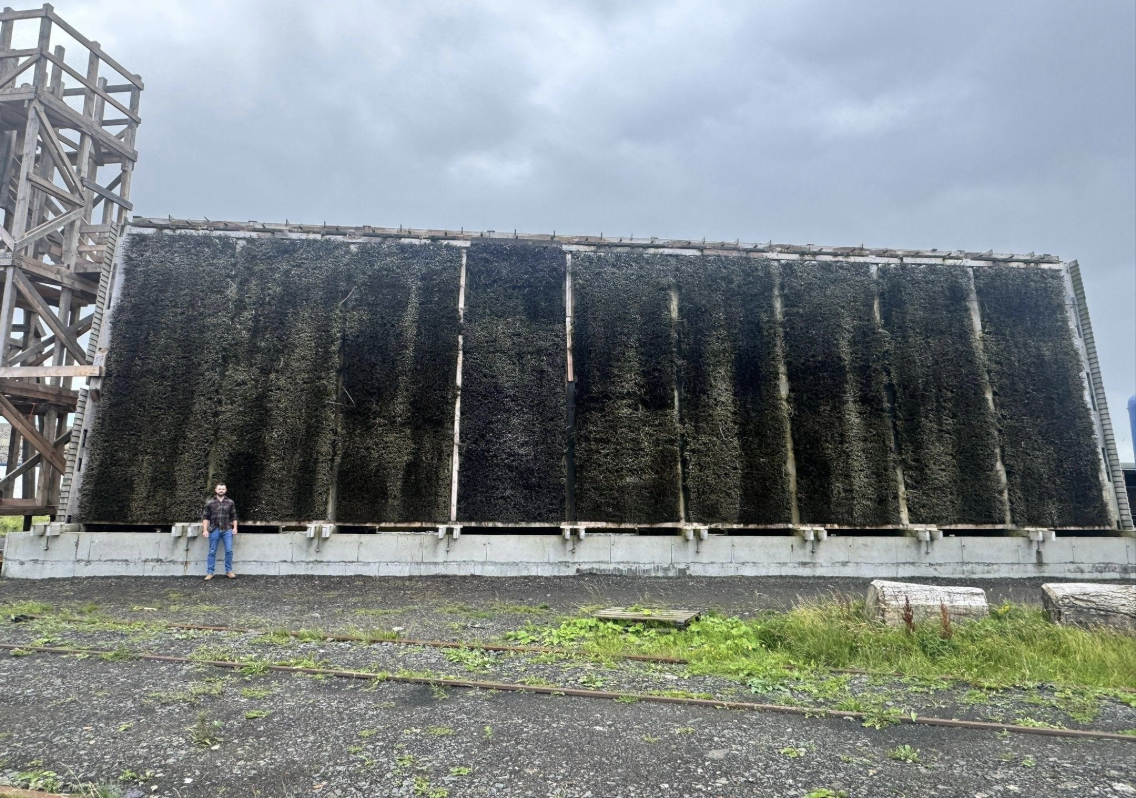
Salt is one of those ingredients it is easy to overlook. It’s in almost everything we use in the beauty world, but it doesn’t exactly set the heart racing. You never hear anyone say, “Ooh, the salt in this really makes it for me!” Normally it sits there in the background, keeping things together, thickening up cleansers, or providing the basic mineral backbone in a formula. It’s all very useful, but frankly, a bit bland.
So, discovering Blackthorn Salt and the story behind it has made me rethink whether a simple mineral like this can have a bit more to say for itself.
It turns out Blackthorn is not just a producer of sea salt, but almost a sort of environmental custodian, rooted in the Scottish landscape. Their approach is genuinely different, and if you’re a formulator searching for ways to imbue your products with a sense of place and a new take on sustainability, it’s worth having a look at.
Most salt is made by one of two methods: industrial processing, or just leaving nature to its own devices and waiting for the sun to do its work. Blackthorn have gone a completely different way. They have revived an old practice of evaporating seawater by letting it trickle through a ‘graduation tower’ built entirely from blackthorn branches – hence the name. Imagine a huge, latticed structure of twigs right by the West Coast of Scotland. The wind whips through it, carrying off water and leaving a brine that is then drawn off and gently heated – no chemicals, no fossil fuels, just the power of wind, wood, and a bit of skill from the salters.
It’s genuinely artisanal.
This tower is, as far as I know, the only one of its kind in active use anywhere in the world. The idea harks back to similar constructions once found in Poland and Germany, but here it’s been reimagined for the Scottish climate, with every batch watched over, tweaked, and coaxed to perfection.
And the result? Flakes of salt, rich in the minerals you’d expect from properly sourced sea salt – calcium, sodium, potassium, and magnesium.
If you’re looking for a story that gives your product a local identity – to shout about its North Sea or Baltic roots – this is the kind of ingredient you want in your corner. For formulators and brands who want to champion the idea of terroir, traceability, and authenticity, it could work well.
The marketing people can conjure up pictures the wild Scottish winds and the chill of the coastal air packed in every crystal. Blackthorn salt is a fit for modern trends in sustainability and green beauty. Because the process relies on the natural elements, the carbon footprint is vanishingly small – no fossil-fuel powered heating, just wood and wind.
So what about the practical cosmetic benefits?The minerals might help soothe the skin, balance the complexion. It could work in soap making and skincare formulations. But the most obvious use is as a natural exfoliant – an alternative to synthetic plastic scrubbing beads. It won’t pollute the ocean. Just make it very very slightly saltier.
Blackthorn Salt is represented by H Foster, who had no part in the writing of this post but who were kind enough to allow me to use one of their pictures.
